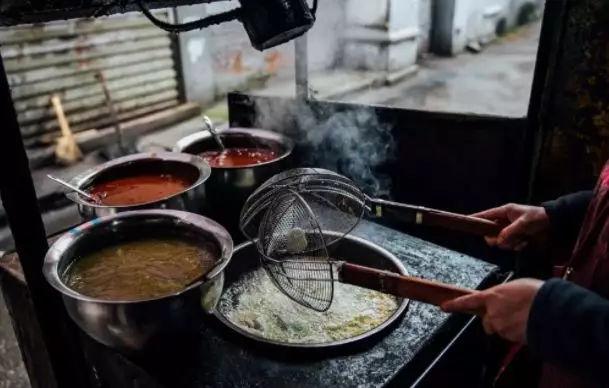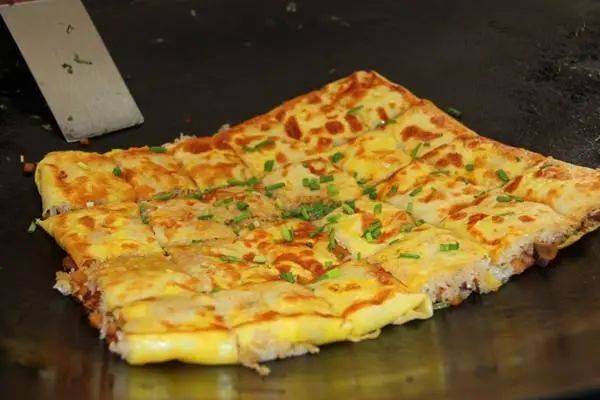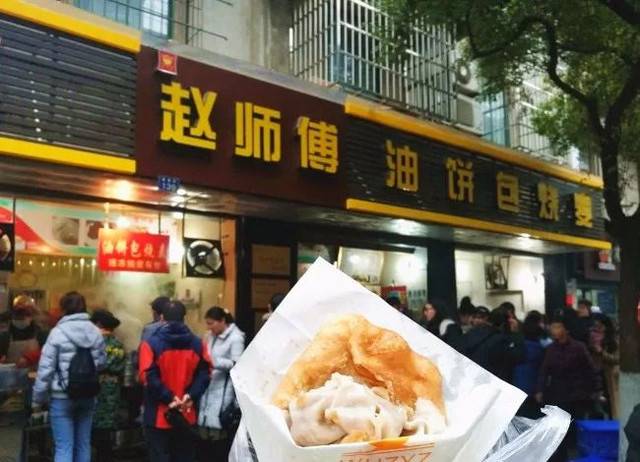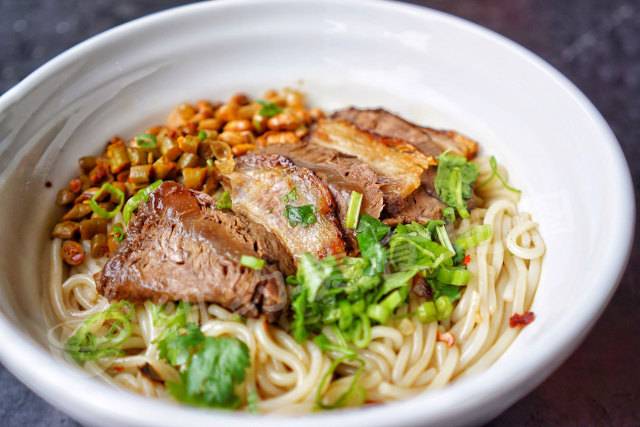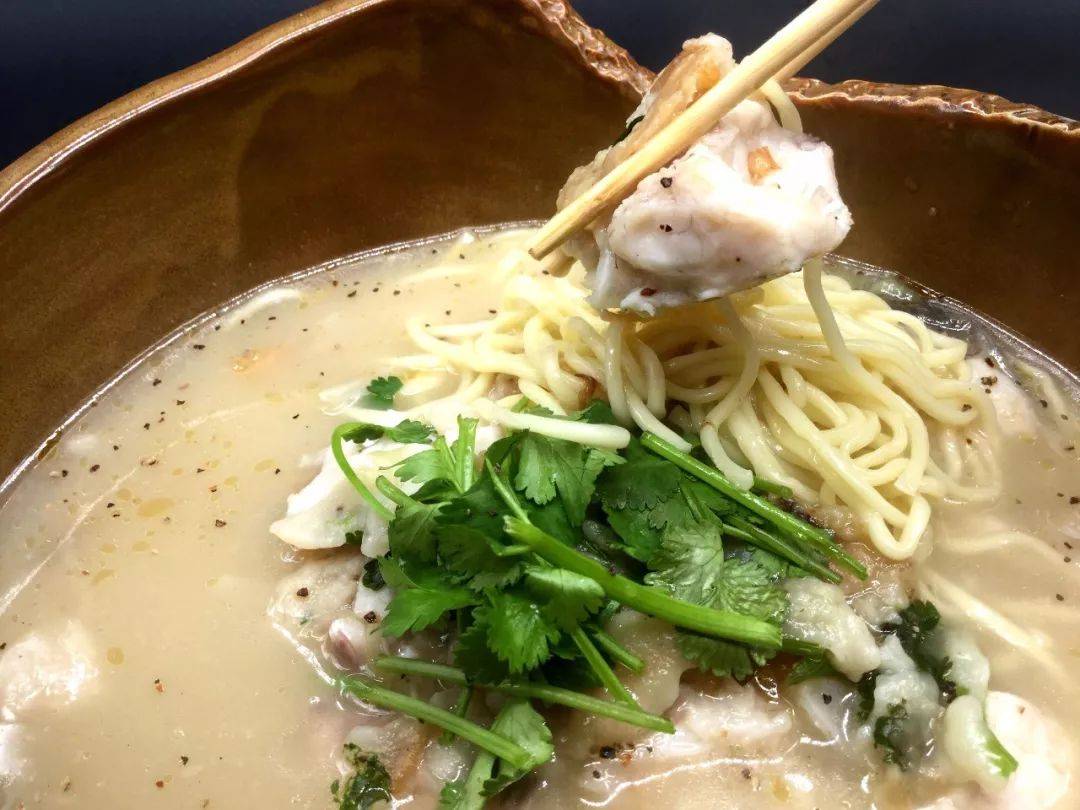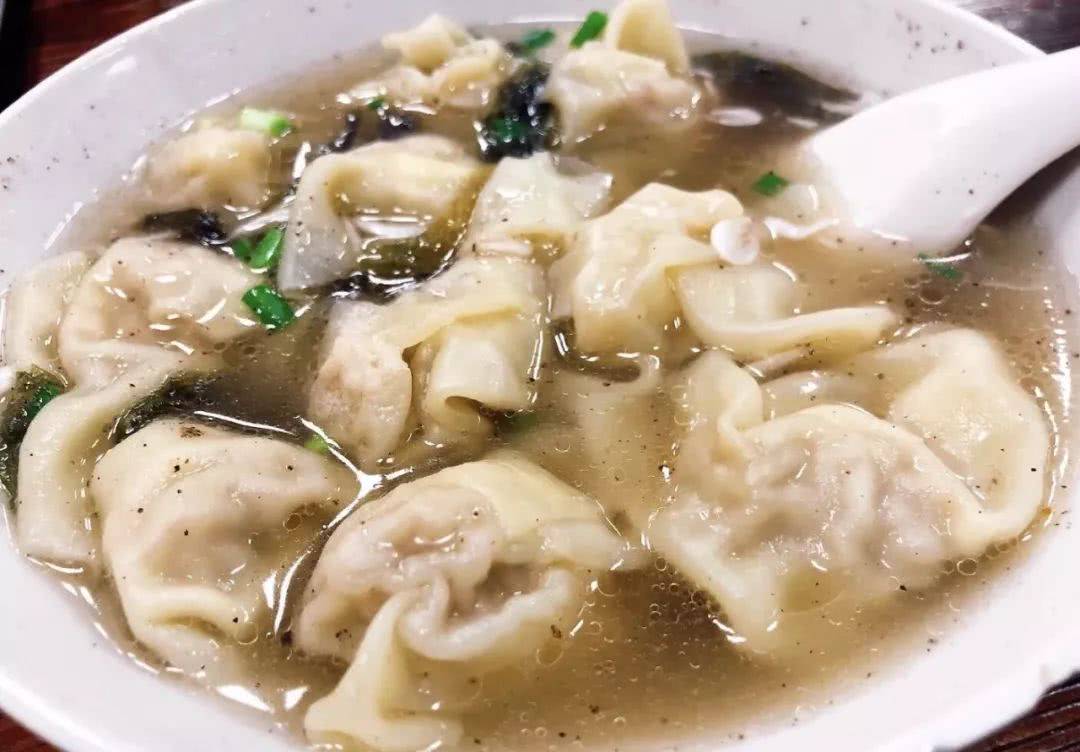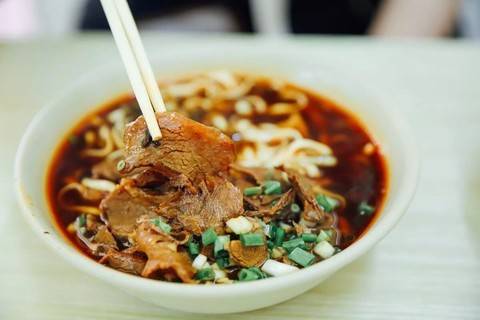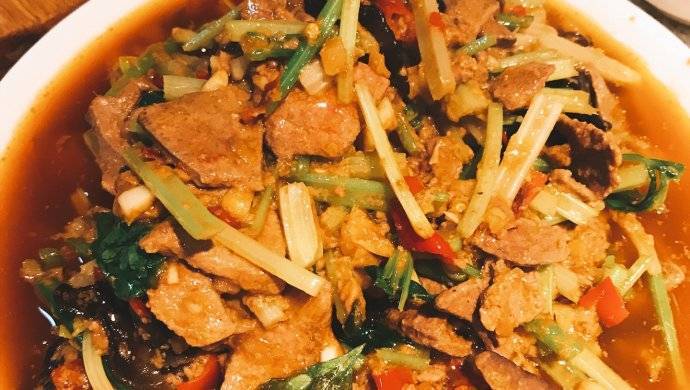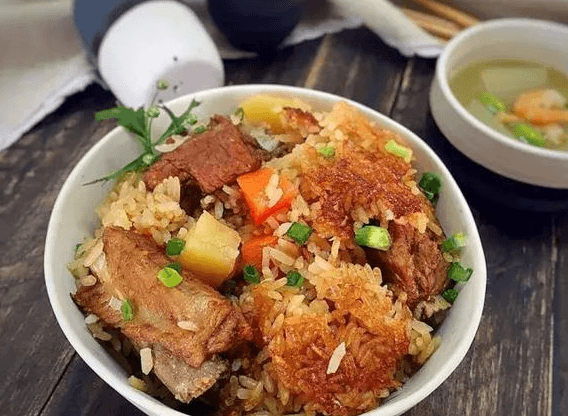Cheng Xian Ji Dou Pi Shop
A layer of dough is spread in a large iron pot, an egg is cracked, and then sprinkled with diced tofu, minced meat, and pickled vegetables. A thick layer of glutinous rice is added, and both sides are fried until golden brown before being taken out of the pot.
Master Zhao's Red Oil Hot Dry Noodles
Master Zhao's ordering method is still like the 1980s, where you collect your meal with a ticket. On the left, there are oil cakes wrapped with shumai, and on the right, there are hot dry noodles and egg wine, both of which are super delicious.
Master Zhao's Fried Pancake with Shaomai
With one bite, you get a crispy exterior and a flavorful interior, filled with the aroma of pepper. The combination of soft and crispy textures on the tongue is delicious and delightful.
Jiang Po Wontons
Wontons are called 'chaoshou' in some regions of China. The names vary greatly across the country, but they are one of my favorite foods. This Jiang Po Wontons shop on Lanling Road has been open for many years. It was an old shop even before the renovation, preserving the traditional flavors of Wuhan. Jiang Po was originally a wonton chef at the Furong Restaurant on Zhongshan Avenue. After retiring, she opened this shop.
Wang Ji Sheng Tang Beef Noodles
The taste of Sheng Tang is also Wang Ji's specialty. The price of 16 yuan per bowl is very cheap for beef noodles. It truly has large pieces of beef. The soup base is radish beef soup, and the radish in the noodles is also cooked until soft. The beef portion is very generous, and the texture is somewhat similar to the beef in the beef hotpot I had in Chaoshan. It's so tender! The noodles are also commendable. In short, perfect!
San Pang Kidney Noodles
San Pang Kidney Noodles is also an old shop, and the taste of the kidney flowers is very characteristic of Wuhan.
Nanjing Salted Duck Shop
It is said that this salted duck shop has been around since the 1970s. It is now run by the third generation. The shop is not large, and the menu is not extensive, but many old customers travel from far away to taste the nostalgic flavor. The salted duck, which is loved by the people of Wuhan who have a strong taste preference, must have a unique flavor.
Liangfang Zhazhà
In Wuhan, there is a type of food collectively known as Zhazhà. What is Zhazhà? I only know it as a term for various fried foods, including chicken strips, potato slices, lotus root slices, green beans, chicken pieces, and so on. It's somewhat similar to eating Malatang; you select the ingredients and give them to the vendor, but here they are fried and then dipped in sauce. Can you guess what the sauce is? This is an easy question—of course, it's pepper sauce and chili sauce. This time, I deeply felt how much people in Wuhan love the taste of pepper. Each Zhazhà shop has its own unique sauce recipe.
Authentic Guilin Rice Noodles
Recommended: Beef Noodles.
Feng Yi
Recommended: Curry Beef Noodles, Chicken Wings, Small Milk Bars.
Chongqing Beef Offal Noodles
Recommended: Beef Vermicelli, Duck Neck, Duck Head.
Yang Ji Love Malatang
Recommended: Malatang, Sole Fish Fillet.
Jiang Po Dumplings
Recommended: Dumplings, Spring Rolls.
Ding Hao Beef Noodle Shop
Recommended: Small Noodle Nest, Beef Fried Noodles, Soup Beef Noodles.
Bandit Fish
Recommended: Bandit Fish, Potato Chips.
Yokocho Izakaya
Recommended dishes: Yokocho Signature Roll, Okonomiyaki, Salmon Sashimi.
Mi Guo Claypot Rice
Recommended dishes: Stretchy Claypot Rice, Signature Preserved Meat Claypot Rice, Cheese Claypot Rice.
